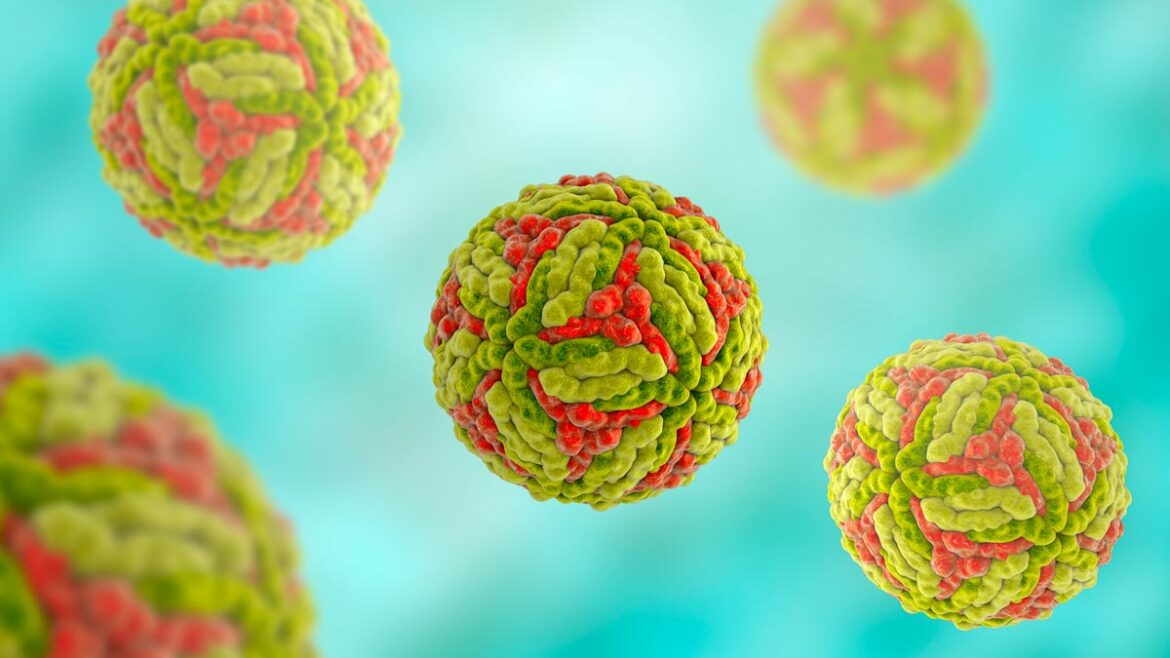A recent isolated case of Japanese Encephalitis (JE) in Delhi has raised questions about the zoonotic viral disease, its transmission, symptoms, and preventive measures. Health officials have reassured the public that there is no cause for alarm, with all necessary measures being implemented according to the National Centre for Vector Borne Diseases Control (NCVBDC) guidelines. While this case—a 72-year-old man from West Delhi—has been addressed effectively, it offers an opportunity to understand the broader implications of Japanese Encephalitis and its impact on public health.
What is Japanese Encephalitis?
Japanese Encephalitis (JE) is a zoonotic viral disease caused by the Japanese Encephalitis Virus (JEV). The disease predominantly affects rural and semi-rural areas across Asia and the Western Pacific. It is particularly concerning due to its potential to cause severe complications in humans, including long-term neurological issues and even death.
JEV is transmitted primarily through Culex mosquitoes, particularly the Vishnui group, which serve as vectors. These mosquitoes breed in stagnant water and are most active during the monsoon and post-monsoon seasons. The virus has a zoonotic cycle involving animals, especially pigs and birds in the Ardeidae family, such as cattle egrets and pond herons. Pigs are considered amplifying hosts because they harbor high concentrations of the virus, making them key contributors to its transmission cycle.
How Does Japanese Encephalitis Spread?
Humans typically contract JE through the bite of an infected mosquito. While animals such as pigs and birds act as reservoirs of the virus, humans are considered “dead-end hosts.” This means that once infected, they do not spread the virus further.
The risk of transmission is influenced by environmental factors like waterlogging, improper sanitation, and proximity to reservoirs such as pig farms. Urban areas are less prone to outbreaks, but cases like the one reported in Delhi underscore the importance of vigilance.
Symptoms of Japanese Encephalitis
JE infections can range from mild to severe, with symptoms appearing after an incubation period of 5–15 days. Many individuals infected with the virus remain asymptomatic, but for those who develop symptoms, the disease often manifests in three stages: febrile stage, encephalitic stage, and recovery stage.
Common symptoms include:
- Fever: Often accompanied by chills and body aches.
- Neurological Signs: Severe cases may involve headache, seizures, disorientation, stupor, or coma.
- Motor Impairments: Paralysis, tremors, or hypertonia (increased muscle tone).
- Meningeal Signs: Stiff neck and photophobia, indicative of meningitis.
The disease can escalate rapidly, leading to life-threatening complications. JE has a high case fatality rate, with some studies estimating it to be as high as 30%. Even among survivors, 30-50% experience long-term neurological complications, such as memory impairment, speech disorders, or motor disabilities.
Prevention is Key
Given the severity of the disease and the absence of specific antiviral treatments, prevention plays a crucial role.
Vaccination
The central government of India has included the JE vaccine in the Universal Immunisation Programme (UIP) since 2013. Children in high-risk areas receive two doses of the vaccine as part of their routine immunization schedule. Adults in endemic regions are also eligible for vaccination in states with a high disease burden, such as Assam, Uttar Pradesh, and Bihar.
Mosquito Control
Effective mosquito control is essential to reduce JE transmission. This includes:
1. Eliminating stagnant water to prevent mosquito breeding.
2. Using insecticide-treated bed nets and repellents.
3. Implementing fogging and spraying programs during mosquito breeding seasons.
Public Awareness
Education campaigns aimed at high-risk populations can help reduce exposure. These campaigns often focus on protective measures like wearing long-sleeved clothing, using mosquito repellents, and avoiding outdoor activities during peak mosquito activity periods (dusk and dawn).
Treatment Options for Japanese Encephalitis
Currently, there is no antiviral medication available to directly treat JE. Management of the disease relies on supportive care to alleviate symptoms and prevent complications.
Supportive Care
1. Fever and Pain Management: Paracetamol is commonly used to control fever and relieve headaches.
2. Hydration: Adequate hydration is critical, particularly for patients experiencing vomiting or diarrhea.
3. Hospital Care: Severe cases require intensive medical attention. This may include mechanical ventilation for patients with respiratory failure or anticonvulsants for managing seizures.
The key to improving outcomes lies in early diagnosis and prompt care, which can significantly reduce mortality and minimize long-term complications.
The Burden of JE in India
India remains one of the countries most affected by Japanese Encephalitis. In 2024 alone, 1,548 cases were reported across 24 states and Union Territories. Assam accounted for 925 cases, highlighting the regional disparities in disease burden.
While rural areas bear the brunt of JE, urban regions are not immune, as evidenced by the recent case in Delhi. Factors such as urbanization, climate change, and increasing human-animal interactions have the potential to alter JE dynamics, making it crucial to extend surveillance and control measures to non-endemic regions.

